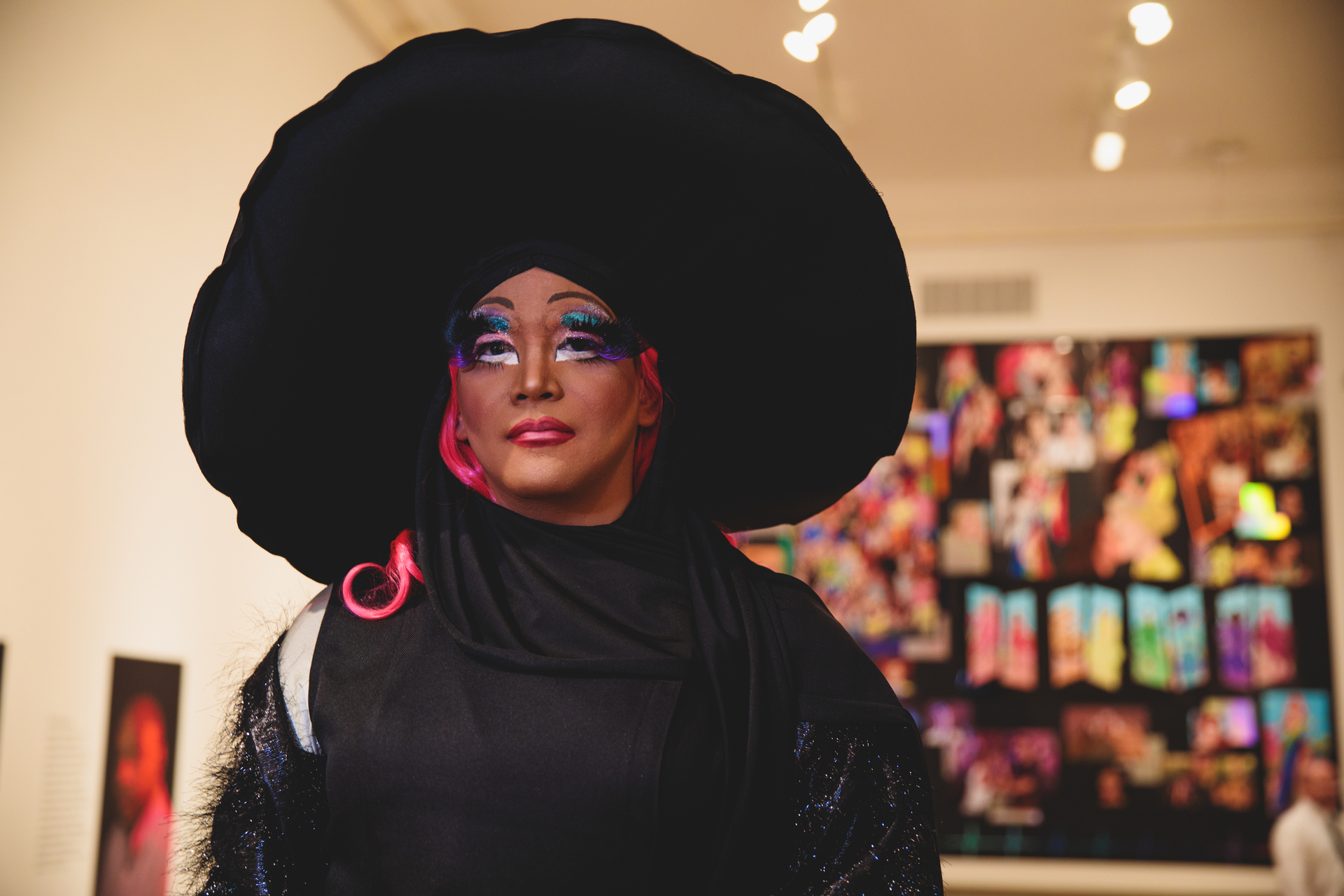By Ruth Steinhardt
In Rob Rogers’ best-known cartoon, a yellow “CAUTION” sign stands in front of a gray background. At the sign’s edge, a grotesque silhouette of President Donald Trump snatches a child from her fleeing family. Symbolic of the president’s policy of separating immigrant children from their families at the Mexican border, the image has appeared on protest signs and was even projected several stories high on the side of a federal building in San Francisco.
But the Pittsburgh Post-Gazette, where Mr. Rogers worked for 25 years and for whom he originally drew “Immigrant Children,” refused to publish it. It was one of nearly 20 cartoons and cartoon ideas critical of Mr. Trump that the Post-Gazette spiked this year, culminating in Mr. Rogers’ firing in June.
The firing made national headlines—and sparked outrage. But now, the suppressed work that prompted it has a public audience.
“Spiked: The Unpublished Political Cartoons of Rob Rogers,” which opened last week at the George Washington University’s Corcoran School of the Arts & Design, features Mr. Rogers’ original unpublished editorial drawings alongside larger, colorized versions of finished cartoons that the Pittsburgh Post-Gazette withheld from publication. The 18 works will remain in the Flagg Building’s Atrium Galleries until October.
“Immigrant Children” has come to symbolize Mr. Rogers’ work, and his firing, in the public imagination. But in fact, Mr. Rogers said, it was the “culmination” of an escalating struggle with the Post-Gazette, which had leaned increasingly rightward since Mr. Trump’s election.
“People started saying ‘This is the cartoon that got him fired!’ And I was like, ‘Well, not really, but OK,’” he said. “I’m fine if people think that, because I love this cartoon.”
Mr. Rogers said he began to sense trouble before the 2016 election, when Post-Gazette publisher and staunch conservative John Block directed editorial staff to “pave the way for a Trump endorsement.” But “the beginning of the end,” he said, was the arrival of Keith Burris as editorial director in March.
“I call Burris John Block’s Michael Cohen—you know, the fixer,” Mr. Rogers said with a laugh.
Mr. Burris told him “that a cartoonist should reflect the opinions of the publisher,” Mr. Rogers said. “And I said ‘Well, that’s news to me, because when I was hired that was never the arrangement.’”
But whatever the arrangement had been, it changed.
Mr. Rogers was accustomed to emailing preliminary ideas to his editor and publisher from his home studio, then completing the approved cartoon over the course of the day. In the first two decades of his career, Mr. Rogers said, only “two or three a year” had been spiked. But just a few days after Mr. Burris’ arrival, the new editor began rejecting ideas critical of Mr. Trump. Mr. Rogers pointed to one, on display in the Corcoran exhibit, as the first sketch he remembers being spiked in the new editorial era: a response to Mr. Trump’s steel tariffs, with the president standing on a ruined building and declaring, “I love the smell of napalm in the morning!” as an aide bleats “Mr. President, that’s the White House burning.”
Mr. Rogers said he tried to be accommodating and to find a middle ground with Mr. Burris and Mr. Block. Every time a sketch was killed, he ended up drawing something else for that day. He made adjustments, such as replacing a Trump figure with the GOP elephant so the satire would feel less pointed. And he suggested the Post-Gazette move him to the op-ed page so the official editorial page could be consistently pro-Trump.
But Mr. Rogers, a Pulitzer Prize finalist in 1991, also reminded Mr. Burris and Mr. Block that he was not disposable. “I have a lot of followers, a lot of readers that are looking for that liberal point of view,” he said.
On Memorial Day, he drew a biting commentary on the president’s behavior: an image of Mr. Trump laying a wreath at a tomb reading “Truth, Honor, Rule of Law.”
“I kind of knew as I was drawing it that it might not get in,” Mr. Rogers said. “But I also just felt very strongly about the issue and what he was doing on Memorial Day and everything leading up to that point.
“I think that one really pissed them off…and then they just killed the rest of them, all the rest of the week. Everything I drew.
“I sort of knew that they were pushing to get me to change, and I was refusing to change, but I never thought that they would just sort of shut the whole thing down without talking to me,” Mr. Rogers said. “But they didn’t negotiate with me or talk with me at all.”
Instead, they sent a human resources representative to meet with Mr. Rogers and propose a contract he found untenable, which would require him to “start doing cartoons by committee.”
Mr. Rogers rejected it and countered with offers of his own. There was a 10-day standoff. Then he was fired.
Now, his work hangs across the street from the White House.
“Mr. Rogers’ work has tremendous educational value to our students by speaking to the skills of technical virtuosity, iteration, perseverance and creative methodologies on how to critique power,” said Corcoran Director Sanjit Sethi. “His work also becomes a powerful point of departure for this community to speak with each other about issues around censorship, freedom of the press, journalistic and creative integrity and the consequences of hyper-nationalism to a democracy.”
In the coming weeks, the Corcoran will host a series of conversations regarding issues around censorship, freedom of the press, journalistic integrity and the consequences of nationalism to a democracy in collaboration with both the Association of American Editorial Cartoonists and GW's School for Media and Public Affairs.



